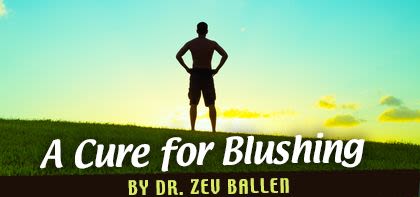
A Cure for Blushing
Lately, Goldie has been having attacks of intense anxiety; she doesn’t know what triggers it, but when she is with people she suddenly feels intensely self-conscious…

Who do you think knew more about the human psyche and how to heal it – our holy sages or the psychologists of our modern era? I want to tell you about a therapy intervention that does not exist in the voluminous psychological literature of today, but was discovered by a Rabbi who lived 200 years ago.
Rebbe Nachman of Breslev understood that our problems don’t simply go away when we are temporarily distracted from them and in a happy mood. Problems wait patiently like snipers to attack again once “the party’s over.” For example let’s say someone is at a wedding and having a super-great time. He is eating his favorite food, socializing with his favorite people, and dancing up a storm. His problems know better than to strike him then, when he is happy, because problems don’t have any power over a person who is genuinely happy; but the moment the happiness ends, the problems will pounce on the person with even greater force.
So what does Rebbe Nachman recommend? Going back to our example, he recommends that when the person dancing at the wedding reaches the height of his joy, that he remember his problem because as long as he is happy he’s in a position to wipe out his problem completely. What he must do is forcefully “yank” and “pull” his problem into his intense joy, and there, in the midst of his great happiness, his problem will be nullified, shrink down, and ultimately be defeated.
Goldie appears outwardly very sure of herself. Everyone knows her as a bright and successful mother.  But lately Goldie has been having attacks of intense anxiety that only she knows about. She doesn’t know what triggers her anxiety, but when she is with people she suddenly feels intensely self-conscious, and starts to blush. Blushing makes Goldie feel even more self-conscious and so her heart rate becomes very rapid, she starts to perspire and feels faint.
But lately Goldie has been having attacks of intense anxiety that only she knows about. She doesn’t know what triggers her anxiety, but when she is with people she suddenly feels intensely self-conscious, and starts to blush. Blushing makes Goldie feel even more self-conscious and so her heart rate becomes very rapid, she starts to perspire and feels faint.
Goldie’s mother passed away when she was two years old. She initially denied that this could have been traumatic for her at that age. However, since Goldie has the capacity for honest introspection she was able to recall, in one session, how she felt different than the other girls in school, most of whom had their own mothers. She remembered feeling that they looked at her as being a person who should be pitied because she didn’t have a mother of her own even though she did have a very loving step-mother.
G-d helped Goldie to “cope” with the deep sense of inadequacy that she felt all throughout her years in school and even after she was happily married and about to marry off her oldest son. Goldie was blessed with a bright, vivacious personality. She was able to compensate for feeling like she was a damaged pitiful person by excelling in school and being the star of her school plays. Goldie developed into a leader with a very outgoing nature, and before long the problem went into hiding in her unconscious mind. But G-d didn’t want Goldie to go on just coping with her problem; He wanted her to heal it. G-d sent Goldie two hints that it was now the right time to heal her problem at its root. The first hint was the painfully embarrassing attacks of self-consciousness and blushing. The second was that she was finding it difficult to marry off her oldest son – which also caused her to feel embarrassed and different.
Once Goldie was able to clarify how she was still feeling less than other women despite her outward confidence and achievements, she was ready to use Rebbe Nachman’s therapeutic intervention.
I asked Goldie (over the phone) to stand up and carve out a space in front of her where she was to remember the most intensely happy, most self-confident moment of her childhood and to allow those happy feelings to build up inside her. When she strongly remembered how confident she felt in that state I asked her to step out of that place of confidence, and step into a neutral space where she was to shake off the confident feeling. I then asked her to step into a second space where she was to re-experience the problem of feeling intensely self-conscious and blushing like she did when she got triggered in current social situations. After she felt the discomfort of that situation I once again asked her to step out of it and into a neutral place and to shake it off.
The third and final step to this intervention was to have Goldie go back into her wonderful memory of excelling as a child. In that positive place, Goldie heard what sounded like a thunderous roar of the audience cheering for her after a school performance. When the applause reached a peak, I asked Goldie to forcefully try to “pull” her problem into the applause. She tried a few times and said that she couldn’t – that her positive resourceful state was too strong for the problem. She tried again and saw her self-conscious adult self was being hugged by her confident self in the form of a little girl. It was an extended embrace which ended with both of her selves holding hands and walking home together – both of them feeling secure and confident in their own ways.


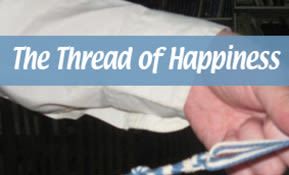
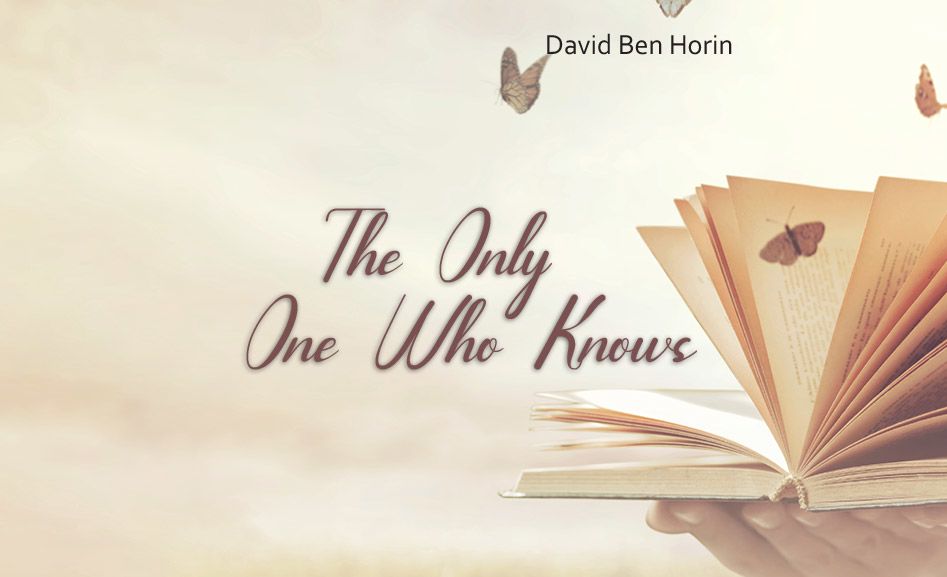

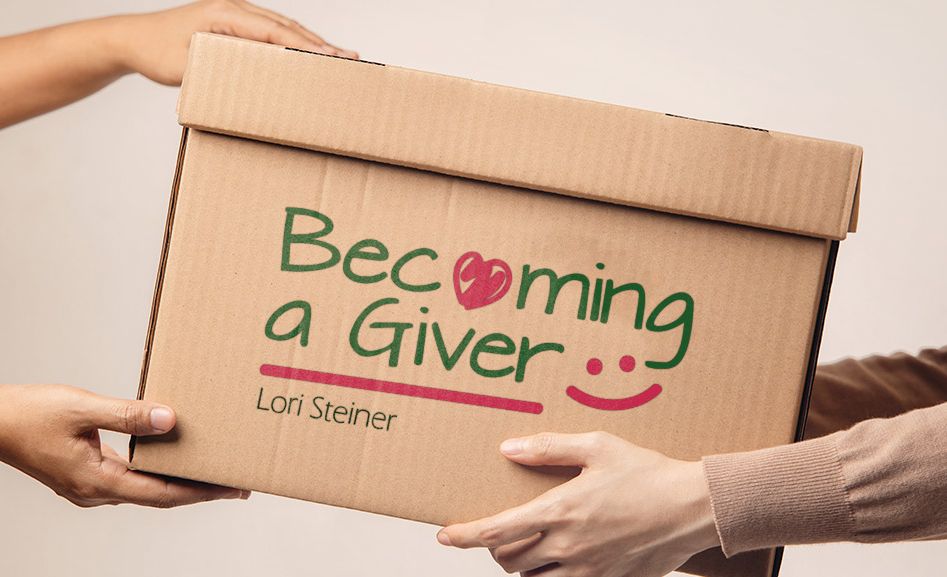



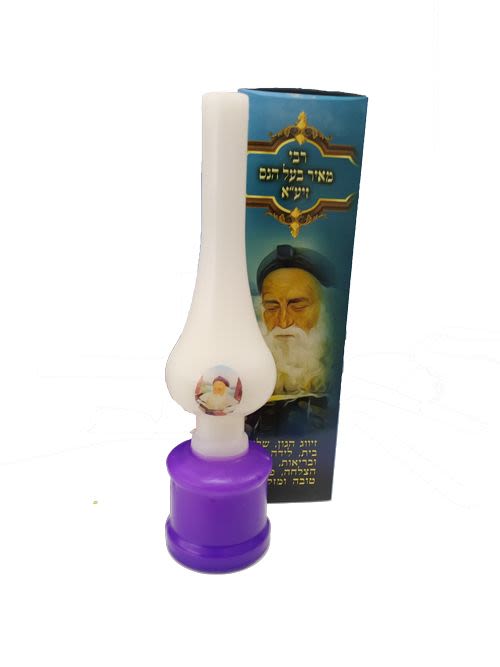

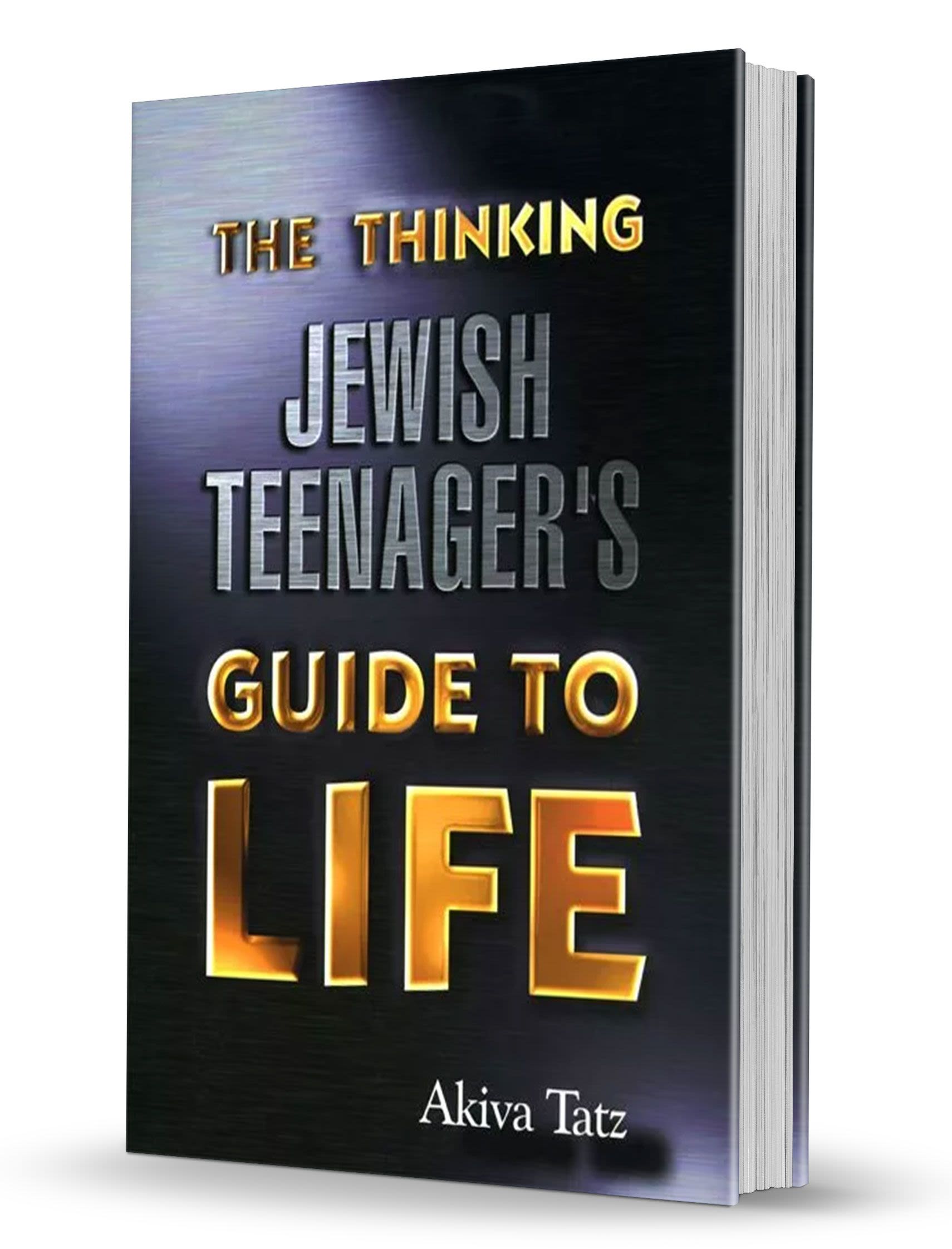
Tell us what you think!
Thank you for your comment!
It will be published after approval by the Editor.